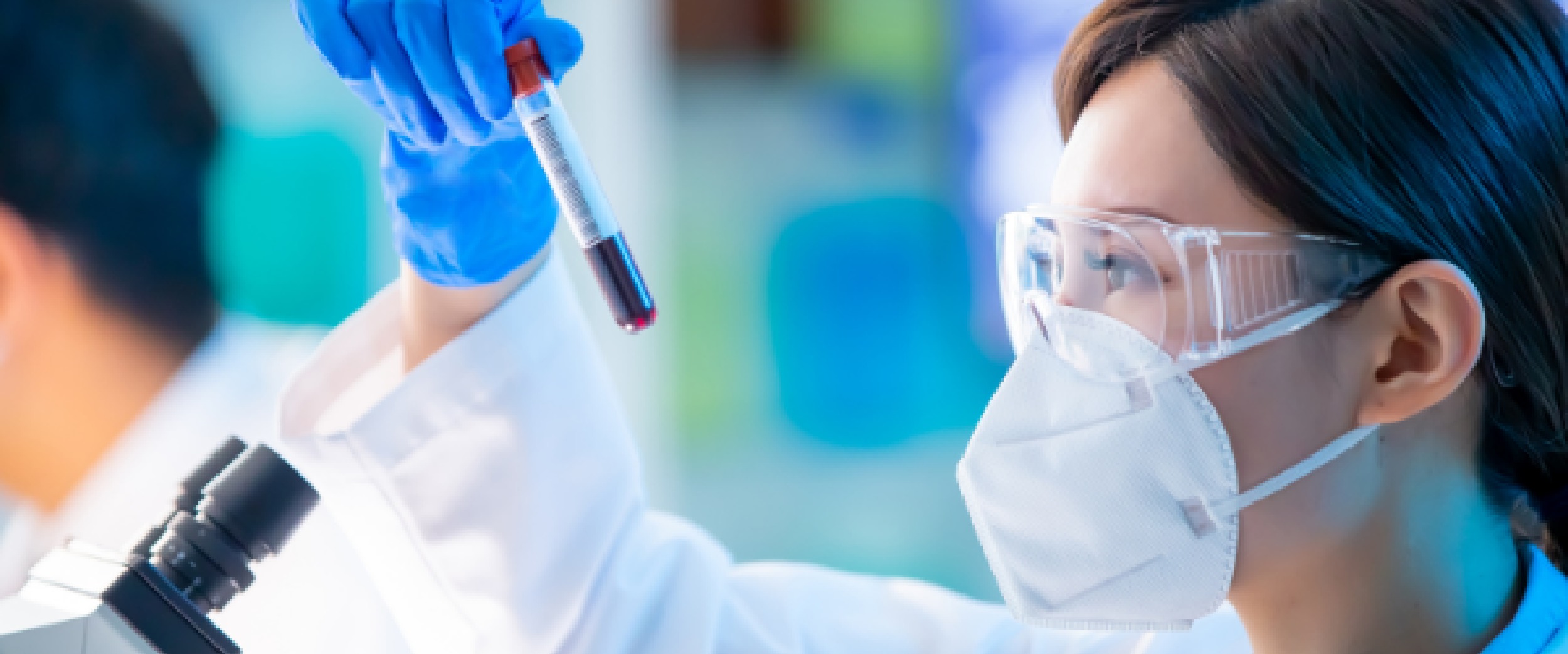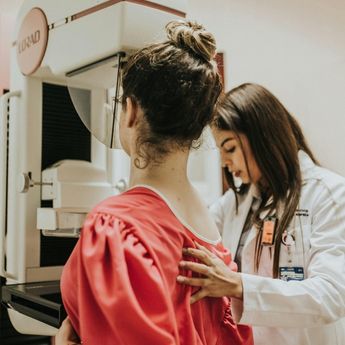What is It?
When you have a cut or an injury, blood clots are useful in stopping the bleeding in order to help your body heal. However, there can be a negative side to blood clots. If a blood clot develops in a vein, which is called a venous thromboembolism (VTE) or venous thrombosis, or if it develops in a deep vein, which is called a deep vein thrombosis (DVT), there may be cause for concern.
When blood clots develop in the veins or deep veins in the leg, groin, or arm, they can separate and travel to the lungs, causing a blockage known as pulmonary embolism, or they can travel to the brain, which can restrict blood flow and cause an ischemic stroke. These blood clots can be a side effect of cancer – from the cancer itself and from cancer treatments. Cancer causes blood to thicken and become sticky, which makes it easier for blood clots to form, while cancer treatments can heighten the risk of blood clots. In addition to this, blood clots can signal the growth and progression of cancerous cells.
The risk of VTE and DVT to cancer patients is not well known. Therefore, we hope to increase awareness of this risk by detailing which cancer patients are at risk, the signs, and symptoms of VTE and DVT, diagnosis and treatment, as well as how to lower your risk of developing these types of blood clots.
Who is At Risk?
While not everyone who develops blood clots will face adverse effects, some do. In addition to this, not all cancer patients are a risk of developing VTE or DVT. Research tells us that about 5 to 25% of cancer patients are at risk of developing blood clots. While breast cancer has not been identified as one of the cancers that increasing your risk, the risk of developing VTE or DVT is particularly high in those living with metastatic cancers, putting metastatic breast cancer patients at risk.
Some breast cancer treatments that increase your risk of VTE or DVT include:
- Surgery – the risk of developing VTE or DVT is highest approximately 2 to 10 days post-surgery and remains higher than usual 90 days post-surgery
- Chemotherapy is one of the most well-known treatments of cancer. Unfortunately, some chemotherapy drugs can increase your risk of developing VTE or DVT. This is because they may damage blood vessels or lower the levels of specialized proteins in the blood that stop blood clots from forming. For breast cancer patients, Tamoxifen is one of the chemotherapy drugs that can put you at risk.
- Some targeted therapies like Palbociclib and some aromatase inhibitors like letrozole and anastrozole
Outside of cancer and cancer treatments, obesity has also been identified as a risk factor for VTE and DVT.
Signs and Symptoms
When VTE or DTE develops, the following symptoms can occur around the problem area:
- Swelling
- Pain or tenderness
- Warmth, cramps, or aching
- Red or discolored skin
Symptoms of pulmonary embolism (when the blood clot breaks off and causes a blockage that travels to the lungs) include:
- Shortness of breath
- Pain accompanying deep breathing
- Rapid breathing
- Increased heart rate
- Coughing, with or without blood
- Anxiety
- Lightheadedness or fainting
- Sweating
Diagnosis and Treatment
Blood clots are usually found incidentally or when a patient reports some of the common symptoms associated with VTE and DVT. To determine whether this is the issue, the following tests can be done:
- Blood tests to measure your blood clotting rate and to identify protein deficiencies that stop clotting
- CT scan that checks the lungs for pulmonary embolism
- Doppler ultrasound (venous ultrasound) that checks for blood clots
Blood clots are typically treated with anticoagulants (blood thinners) which are first given as injections then may be changed to tablet form. These thinners are taken for a few months. As a preventative treatment to stop VTE or DVT from forming in the first place, daily shots of heparin can be given to individuals getting chemotherapy. However, not everyone is comfortable with daily injections, and daily injections also come with their own side effects such as bleeding.
Other treatments include:
- Inferior Vena Cava Filter
- Thrombolytics (Clot busters)
- Thrombectomy
Risk Reduction
To reduce your risk of developing VTE or DVT, the following actions can be taken:
- Take regular short walks and do leg and foot exercises, especially after surgery
- If you have a history of blood clots, let your primary healthcare team know prior to surgery or chemotherapy1
- If needed, you can wear compression stockings that help with blood flow
- You can also get an intermittent pneumatic compression, a cuff that regularly and automatically squeezes your legs to keep blood flowing
While the risk of developing VTE or DTV should not be a big cause for concern as adverse effects from it are low, it is still very important to be aware of it, especially if you are living with metastatic breast cancer. For more information on this, visit Thrombosis Canada.
Photo by Wang Shao Chun on Canva







